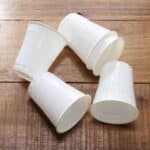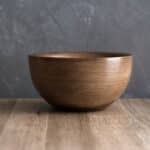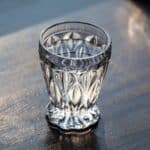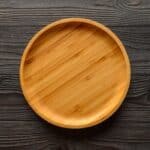Tupperware is a plastic container used in households for storage, containment, and serving products. Ever since 1948, when Earl Tupper invented the first bell-shaped container, Tupperware has become the most popular means of storing foods, whether in the home kitchen or at parties.
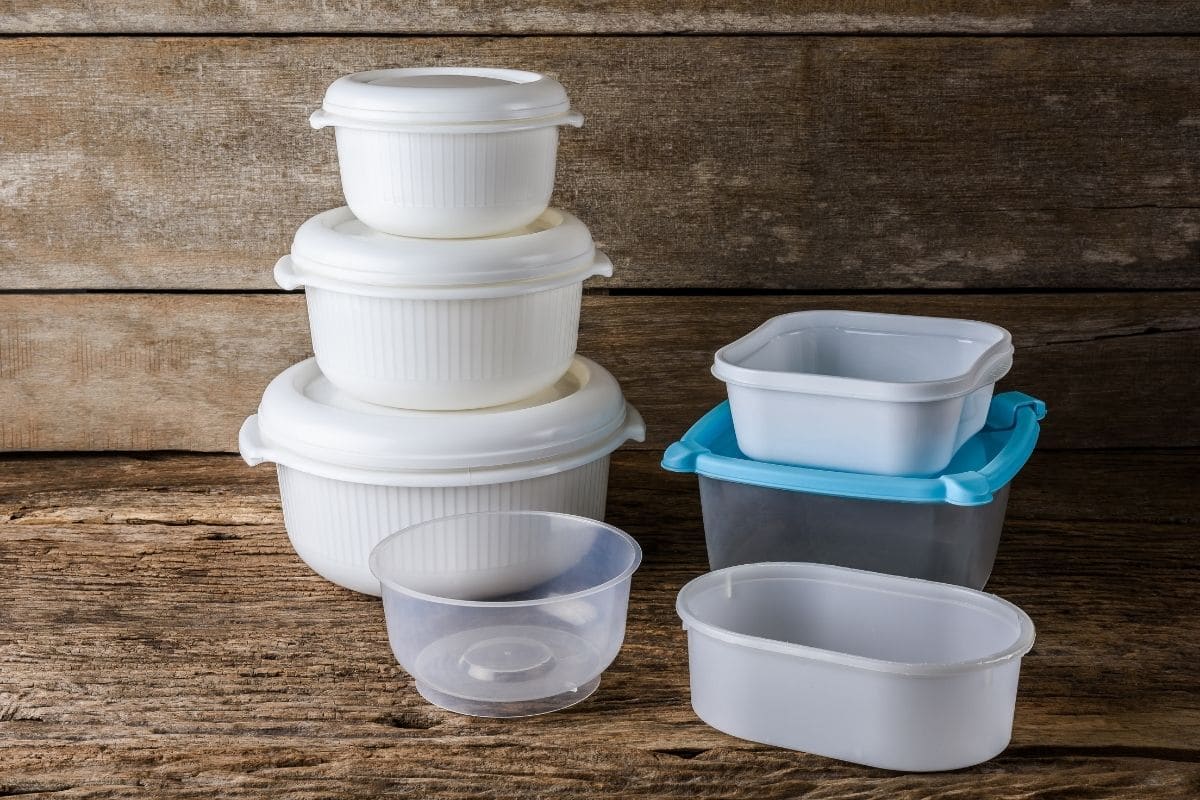
Many people ask can you microwave Tupperware?
Well, according to the FDA, Tupperware CAN be microwaved, BUT it is incredibly important to use Tupperware that has been labeled for microwave use or contains an image of a microwave or 4-5 wavy lines at the bottom or sides of the Tupperware.
A simple trick to determine whether your Tupperware is microwave safe:
Step 1:
Fill up a measuring cup with about a full cup of water.
Step 2:
Place the measuring cup along with your Tupperware that you are investigating into the microwave.
Step 3:
Microwave for one minute on a high setting.
Observation:
Check to feel the temperature of the Tupperware
Conclusion:
If your Tupperware feels warm, then that it is not microwave safe and should not be used to microwave your food.
Here is a list of things you can microwave:
1: Glass Containers:
These are the best containers that are safe to microwave. There has been no debate on the safety of glass containers, so they are highly recommended.
Instructions:
· First, open the microwave door and check if the holding plate is properly aligned on its rotating wheels.
· Make sure the glass container is clean and adequately dried on the outside.
· Place your food into the glass container.
· Place the glass container at the center of the holding plate
· Close the microwave door and set the appropriate timer and heat settings for your choice.
Precautions:
· Do not open the microwave door while the microwave is working. Always stop the microwave first or wait for the beeping sound at the end of the timer before you can open the door.
Some helpful tips and tricks:
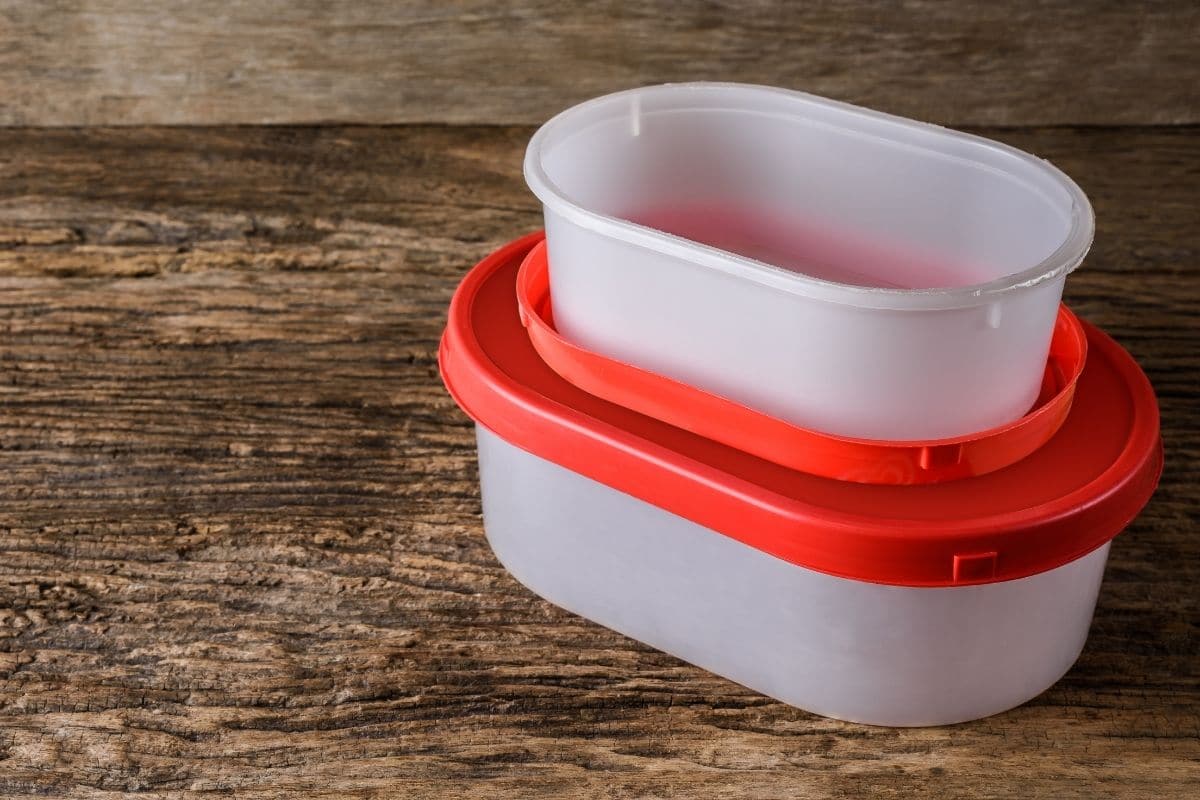
· To get maximum microwave exposure over your food, you can cover your glass container with a glass cover. This will prevent heat loss during the microwaving.
2: Paper plates, towels, and napkins: (with some exceptions)
Instructions:
· Make sure you check the make of the paper plates to ensure that they are not coated with plastic
· The National Sanitation Foundation International recommends checking if your paper plates or cups are microwave safe
Precautions
· Do not use the high setting for the paper plates or cups because this will weaken the paper material or ignite it.
3: Ceramics:
Instructions:
· Only porcelain and stoneware are recommended.
· Ceramic dishes that have been low fired are likely to explode during microwaving.
Precautions:
· Certain ceramic plates that are coated with plastic can cause sparks.
4: Wax paper, and parchment paper:
According to the National Sanitation Foundation International, wax, parchment paper, and vacuum-sealed bags (or sous vide) are microwave safe.
Here is a list of things you cannot microwave:
1: Aluminum foil:
Metal is always dangerous in a microwave. Aluminum foil should never be used.
2: Metal Containers:
Always remove foods from their metal can before microwaving them. Metal will cause sparks in the microwave.
3: Brown paper bags:
These are highly NOT recommended as intense heat can ignite the bags and cause a fire, while the ink on the bags can produce toxic fumes.
4: One-time storage containers:
These include; yogurt containers, take-out containers, and margarine tubs.
Alternatives:
Microwave cooking bags
Final Words:
Studies showed that the chemical BPA that is built into plastic could leach into your food if a non-recommended plastic is microwave heated at high temperatures. Therefore before you microwave Tupperware, check to see if it is, in fact, microwave safe.
Reference/Source:
http://lifehacker.com/what-should-and-shouldnt-i-microwave-1532532172

